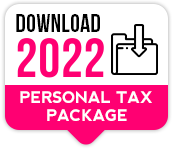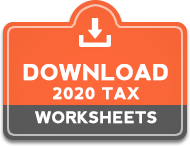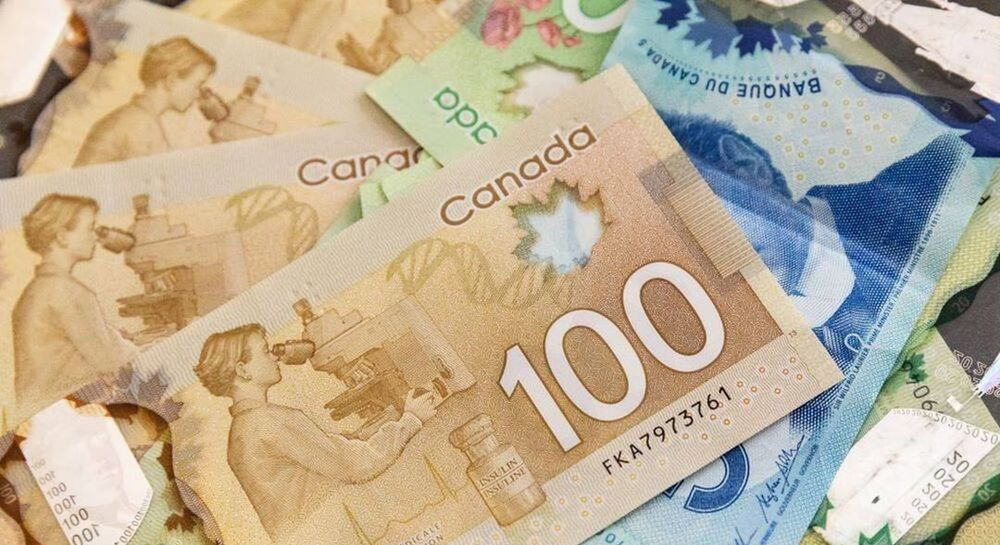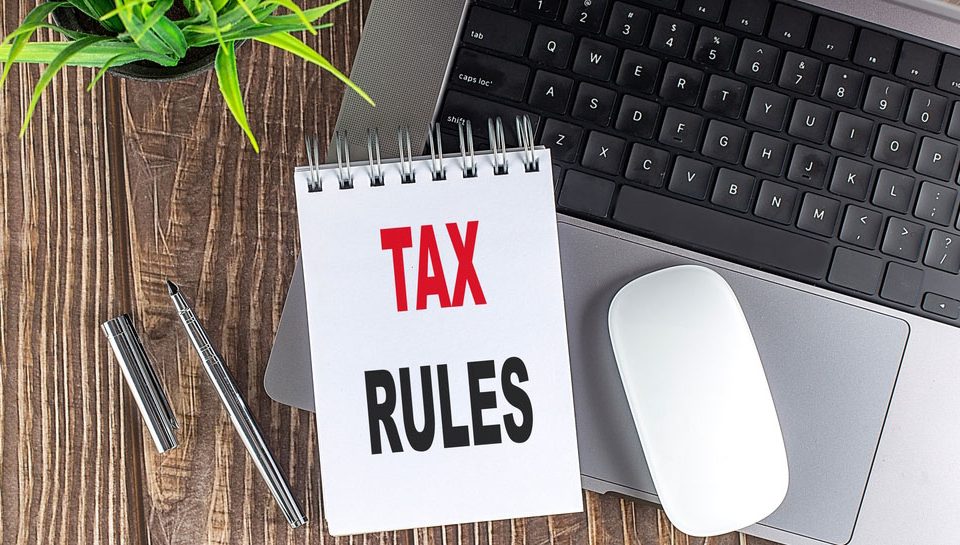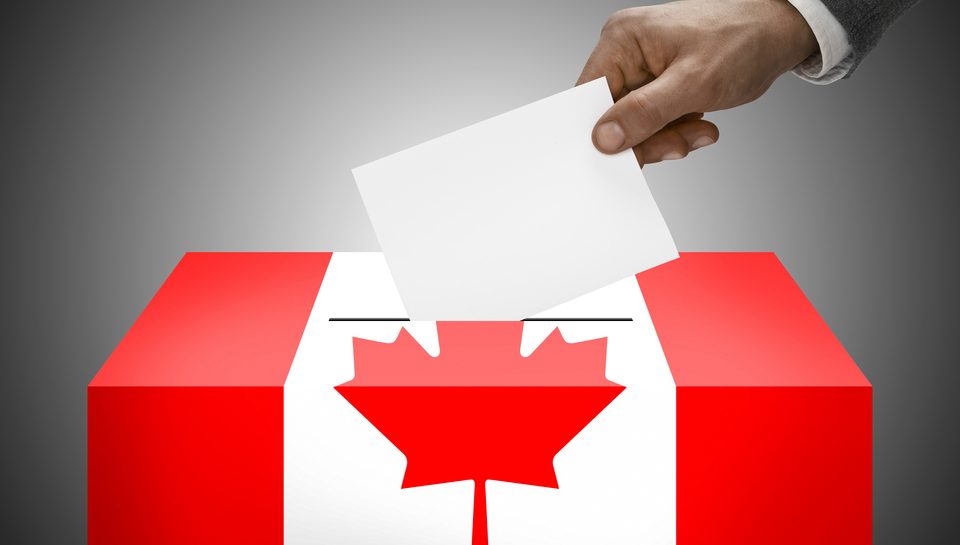
YEAR-END TAX PLANNING
December 4, 2019
CPP Pension Users: 2 Crafty Ways to Avoid the 15% OAS Clawback
December 20, 2019Jamie Golombek: For one, there’s an increase to the basic personal amount Canadians can earn before facing federal income tax
This week, the government announced increases to the basic personal amount for 2020 and subsequent years beyond the normal inflationary adjustment. Let’s review the changes to the BPA and also take a look at some of the new tax numbers coming for 2020.
ANNUAL INFLATION ADJUSTMENT
Each year, most (but not all) income tax and benefit amounts are indexed to inflation. In early December, the Canada Revenue Agency announced that the inflation rate that will be used to index the 2020 tax brackets and amounts will be 1.9 per cent. This rate was calculated by taking the percentage change in the average monthly Consumer Price Index data as reported by Statistics Canada for the 12-month period ended Sept. 30, 2019 relative to the average CPI for the 12-month period ended on Sept. 30, 2018.
Increases to the tax bracket thresholds and various amounts relating to non-refundable credits take effect on Jan. 1, 2020. Increases in amounts for certain benefits, such as the GST/HST credit and Canada Child Benefit, however, only take effect on July 1, 2020. This coincides with the beginning of the program year for these benefit payments, which are income-tested and based on your prior year’s net income, as reported on your 2019 tax return.
______________________________________________________________________________
TAX BRACKETS FOR 2020
For 2020, we will continue to have five federal income tax brackets, but they will all be indexed to inflation using the 1.9 per cent rate. The 2020 federal brackets will be: zero to $48,535 of income (15 per cent); above $48,535 to $97,069 (20.5 per cent); above $97,069 to $150,473 (26 per cent); above $150,473 to $214,368 (29 per cent); and anything above that being taxed at 33 per cent. Each province also has its own set of provincial tax brackets, most of which have also been indexed to inflation, but using their respective provincial indexation factors.
______________________________________________________________________________
BASIC PERSONAL AMOUNT (BPA)
The biggest change for 2020 will be to the BPA. The stated purpose behind the BPA is “to help all Canadians cover their most basic needs” by imposing no federal income tax on a certain amount of income that an individual earns. The 1966 report of the Royal Commission on Taxation (known more commonly as the “Carter Commission”) concluded that “the first dollars of income should not be subject to tax.”
The Commission argued that “clearly the fraction of income available for discretionary use is extraordinarily small for a (low-income) family” and noted that “such a family (also) bears sales and property taxes that are disproportionately large relative to its ability to pay.”
The BPA is the mechanism used to ensure that no tax is paid on a certain amount of basic income and is $12,069 for 2019. This means that an individual Canadian taxpayer can earn up to this amount in 2019, before paying any federal income tax.
For taxpayers earning above this amount, the value of the federal credit is calculated by applying the lowest federal personal income tax rate (15 per cent) to the BPA, making it worth $1,810 in 2019. (Because the credit is non-refundable, it’s only worth the maximum amount if you otherwise would have paid that much tax in the year.) In 2017, the most recent tax year for which we have publicly-available data, nearly 27 million taxpayers claimed the BPA.
Each year, the BPA is indexed to inflation, meaning that for 2020, the inflation-adjusted BPA would have been $12,298 (i.e. $12,069 X 101.9 per cent), absent this week’s announcement. On Monday, the government announced that it is moving forward with its proposal contained in the Liberal election platform to increase the BPA, gradually, to $15,000 by 2023. For 2020, the new BPA will be $13,229. It will rise to $13,808 in 2021 and $14,398 in 2022.
But the increase in the BPA won’t apply to everyone as it will be phased out “for wealthy individuals … to ensure that this tax relief goes to the people who need help most.” Specifically, the increase in the BPA would be gradually reduced, on a straight-line basis, for taxpayers with net incomes above $150,473 (the bottom of the fourth tax bracket for 2020) until it has been fully phased out once a taxpayer’s income is over $214,368 (the threshold for the top tax bracket in 2020), to ensure “the wealthiest Canadians would not benefit from this proposed change.” These high-income taxpayers would simply receive the existing BPA, which will continue to be adjusted annually for inflation.
According to the government, the increased BPA translates to lower taxes for close to 20 million Canadians and once fully implemented in 2023, would save individuals nearly $300 in additional taxes beyond the inflation-adjustments annually. It would also relieve an additional 1.1 million Canadians from paying any federal tax. The cost of the increase to the BPA is projected to be $25.2 billion over the next five years.
______________________________________________________________________________
CANADA PENSION PLAN CONTRIBUTIONS
CPP contribution rates for employees and employers will each increase to 5.25 per cent in 2020, up from 5.1 per cent in 2019. If you’re self-employed, you pay both the employer and employee portions, for a total of 10.5 per cent. The maximum pensionable earnings for 2020 is set at $58,700. The ceiling is calculated according to a legislated formula that takes into account the growth in average weekly wages and salaries in Canada. Quebec employees and employers contribute to the QPP at a slightly higher rate — 5.70 per cent in 2020 (up slightly from 5.55 per cent in 2019).
As a result, the new maximum employer or employee contribution to the plan for 2020 is up slightly to $2,898 ($3,146 in Quebec) and the maximum self-employed contribution is double that, or $5,796 ($6,293 in Quebec).
______________________________________________________________________________
EI PREMIUM RATE AND MAXIMUM
Employees must also pay employment insurance premiums, with employers paying 1.4 times the amount of the employee’s premiums. For 2020, the EI rate is dropping to 1.58 per cent (from 1.62 per cent) of insurable earnings, up to a 2020 earnings maximum of $54,200. This translates to a maximum employee premium for 2020 of $856.36. For Quebec employees, the maximum employee premium for 2020 is $650.40. EI premium rates are different for residents of Quebec because Quebec administers its own parental insurance plan, which is financed by Quebec workers and their employers.
______________________________________________________________________________
Article By: Jamie.Golombek@cibc.com
Jamie Golombek, CPA, CA, CFP, CLU, TEP is the Managing Director, Tax & Estate Planning with CIBC Financial Planning & Advice Group in Toronto.
